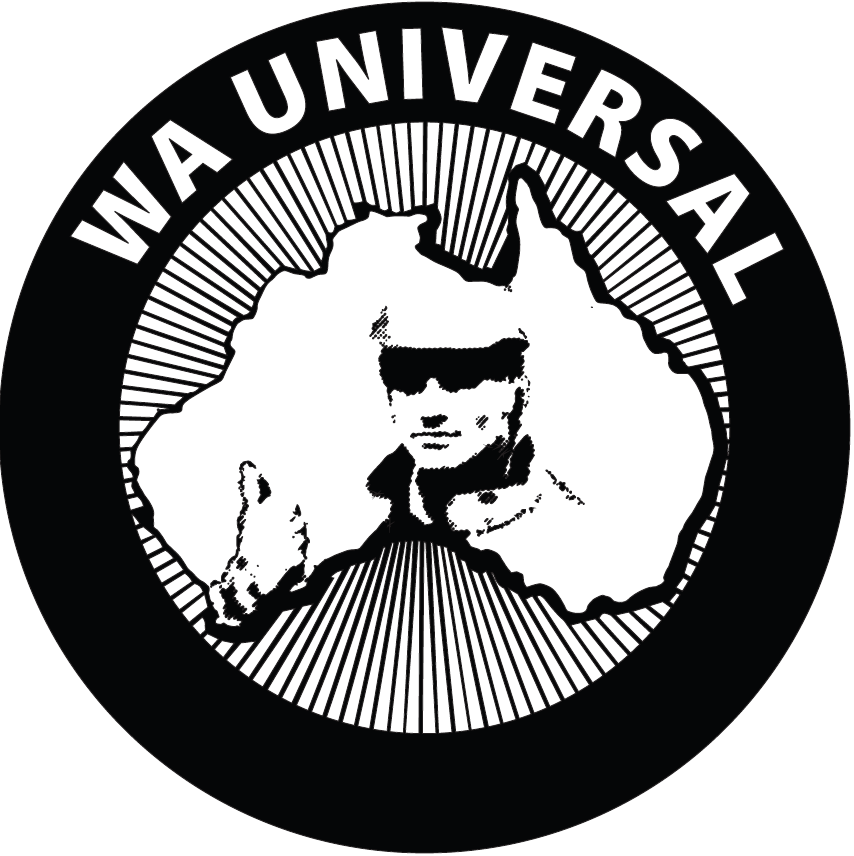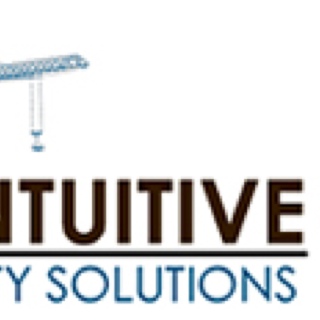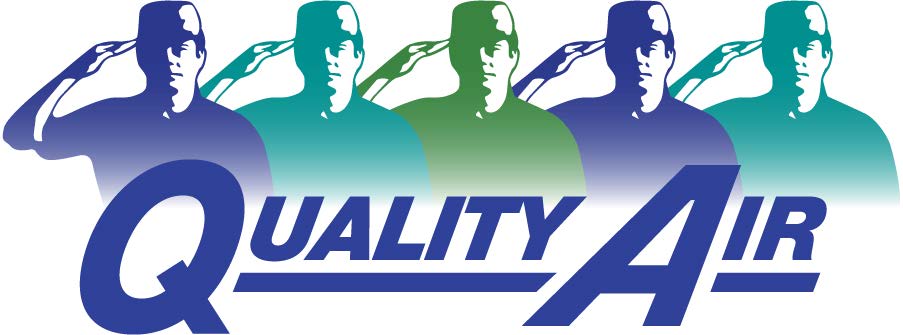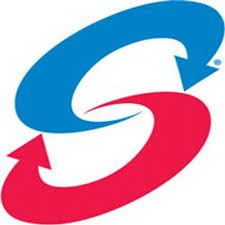Title Page
-
Site conducted
-
Conducted on
-
Inspection Date
-
Prepared by
-
Location
Inspection Information
-
Organisation Name:
-
Inspection Date:
-
Area Supervisor:
-
All corrective/preventive actions identified during the workplace inspection must be entered into the Corrective Action Register with actions and dates for completion assigned
INSPECTION ITEMS
-
Are compressed gas cylinders stored in an upright position in an approved trolley, cage, rack or cradle to prevent displacement or toppling when they are being stored or handled
-
Are cylinders securely restrained to ensure they cannot fall from their vertical storage position with straps, clamps or chains
-
Are compressed gas cylinders protected from potential impact from vehicles, mobile plant, falling objects, etc
-
Is cylinder store not less than three metres from any building, site activity or public access road
-
Is the perimeter of the store, secured using fences that are a minimum of two metres high
-
Is the storage area is well ventilated, through natural ventilation or mechanical
-
Is good housekeeping maintained and storage area free of debris and combustable materials such as paper, cardboard, rags and grease, liquid fuels and oils and aerosols
-
Is there good access to the storage area for delivery vehicles? Is the surface on which the cylinders are stored is firm, level well drained and free of hollows and cavities
-
Is the storage area designed to prevent unauthorised entry
-
Are the applicable Safety Data Sheets (SDS) available for the stored gases
-
Is all long grass, weeds etc. from in and around the store removed, to a distance of 3 metres
-
Is appropriate warning signage displayed in accordance with state legislation e.g.o DANGER: NO SMOKING, NO IGNITION SOURCES, RESTRICTED AREA, AUTHORIZED PERSONNEL ONLY, DANGER: FLAMMABLE MATERIALS, DANGER: NO SMOKING NO OPEN FLAMES
-
Is all signage in accordance with AS13191994 Safety signs for the occupational environment
-
Is oxygen stored seperated from fuel gases (min 3m) Over 200m3 (min 5m)
-
Electrical equipment in flammable gas stores shall comply with AS/NZS 3000
-
All gas cylinders must be clearly marked to show what they contain and the hazards associated with their contents
-
All gas storage areas are to be clearly marked to identify the hazards associated with the storage facility, such as: flammable, toxic/corrosive, inert, oxidising
-
Cylinders are not kept in the proximity of combustible materials or flammable liquids
-
All cylinders have valve protection caps
-
Empty cylinders are seperated from full cylinders and 'marked empty'
-
Regular leak and fault detection tests are done on cylinders valves
-
Gas cylinders are at a safe distance from exposure to an electrical arc, sparks, slags flame, or other heat sources
-
Maintain suitable fire fighting apparatus adjacent to the store. Dry powder fire extinguishers are preferred. Refer to the SDS for fire fighting requirements
-
Is the store at least 3 metres away from source of heat such as hot process pipes, biolers, radiators, furnaces, falmmable liquid containers
-
Is a Dangerous Goods Licence inplace when storing/using quantities of compressed gasses on site, when the quantity exceeds the quantities listed in the regulations relevant to the jurisdiction for the project
-
Emergency response plan in place and communicated
-
Ensure valves are closed tightly when the cylinders are not in use
-
Are gas hoses stored off the ground to prevent dirt and grit entering at hose ends
-
Where a cylinder is user for thermal cutting, fit a Flash Back Arrestor to the regulator and hand piece
-
Only light torches with approved frictiontype lighters
-
Fire extinguisher of an appropriate type for the gas in use within fithteen meters of all hot work
Corrective/Preventive Actions
-
Action
-
Action
-
Action
-
Action
-
Action
Inspection Team
-
Name:
-
Name:
-
Name:
-
Name:
-
Name:












